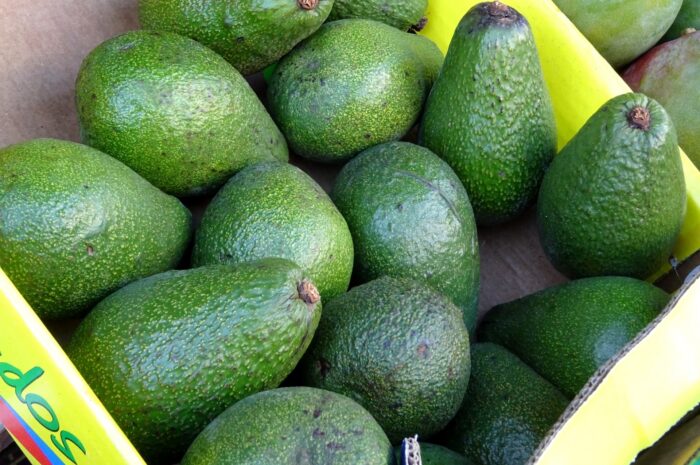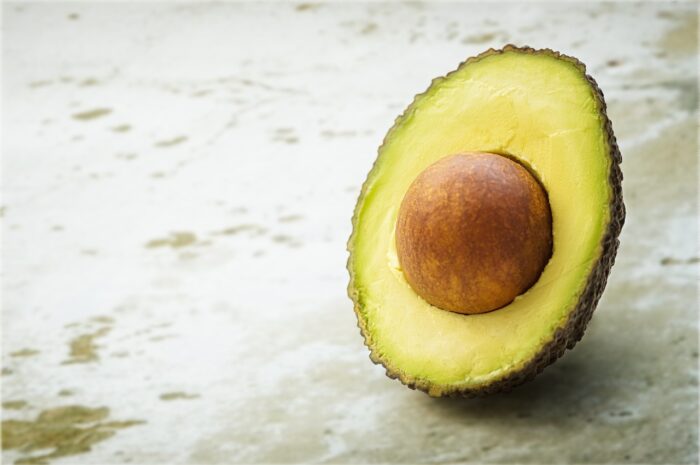Thanks to some seasonal effects including freezes and rain, there are varied reports about how the California stone fruit crop looks this season.
“The overall prospects for stone fruit this year are of a good crop for most of the season,” says Ken Barbic Senior with The Fresh Connection based in Lafayette, Ca. “But the overall crop is also diminished because of a freeze we had. And some commodities such as plums had a little less fruit set due to cool or wet weather during pollination time.”
Commodity breakdown
Plums: “In general, they’ll be light,” says Barbic Sr. “They were also a bit light last year.” Despite the lessened supply, sizing of the fruit looks good. “We’re expecting demand to exceed supply,” adds Barbic Sr., which could mean higher prices and less price fluctuation. There are also a few new varieties of plums which should take the season all the way into December. The estimated start for plums this season is the last part of May, with good volume by mid June.
Nectarines: “Nectarines are also going to be a bit shorter than normal,” says Barbic Sr. “But toward the end of May, they should get back to regular levels.” The first of the crop, the Honey May Nectarines, began last week.
Peaches: Peaches began this week. “We should have plenty of peaches and nectarines once we get through the first few weeks of the season,” says Barbic Sr. He also adds that the Southern U.S. and other states have more normal crops this year compared to last year, which could make for a more competitive domestic peach market this season.
Apricots: “There are a few varieties of apricots with very little crop on them and others that have a more normal crop,” says Barbic Sr. “Overall the crop is light but there’s still plenty of fruit available.” In terms of timing, apricots got the latest start to the season by starting some five to seven days late compared to last year.
Cherries: Cherries also began harvesting last Friday, although the volume is starting small. The timing is similar to last year’s seasonal start.
Good sizing
Barbic Sr. adds that while the overall crop sizing may be down, it may make for better fruit. “Usually less on the tree means a better-sized fruit so the quality should be good and the sizing in the range customers are looking for, whether it’s for an export or domestic market,” says Barbic Sr. Less on the tree may also mean less pressure on labor. “Less labor may be needed to thin out the trees in order to get that optimum sizing,” adds Barbic Sr.
Meanwhile, what remains concerning for California growers is transportation. “This includes the availability and allocation of the truck supply and transporting via trucks from the West Coast to the East Coast,” notes Barbic Sr. (Late last year, the Federal Motor Carrier Safety Administration ruled that trucks need to carry electronic logging devices or ELDs, a ruling which many growers say has had several financial repercussions.) “In many cases, it costs a lot more to bring a box of peaches from the West Coast to New York or Boston than it does to send a box of peaches to a place like Taiwan.”
For more information:
Ken Barbic Sr.
The Fresh Connection
Tel: +1 (925) 299-9939
ken@thefreshconnection.com
www.thefreshconnection.com
Publication date: 4/26/2018
Author: Astrid van den Broek
Copyright: www.freshplaza.com
Related News & Updates
Become a Member
Join AHT
We’re the peak industry body for Australian Horticulture Trade. Joining AHT helps us advocate for you & the greater good of the industry.
Benefits OF joining
- Representing you, monitoring developments and potential threats to imports & exports
- We work on your behalf on solutions & opportunities to facilitate and maintain trade
- Be kept up to date with important issues affecting horticultural imports & exports



